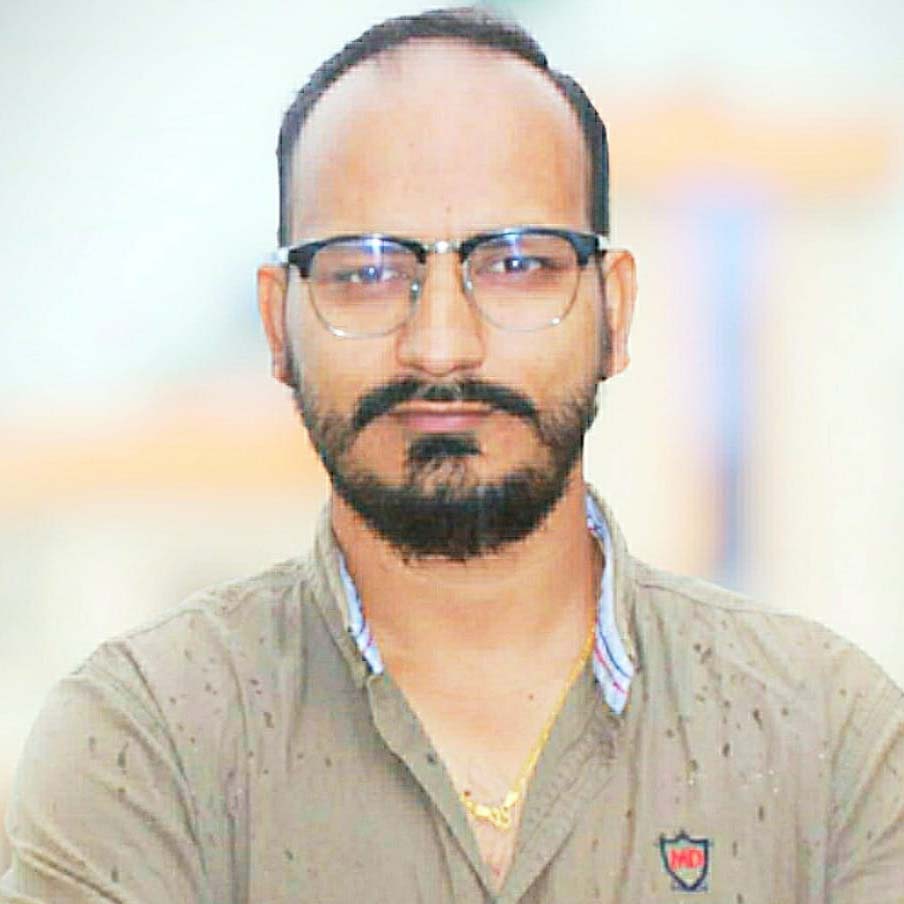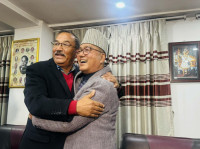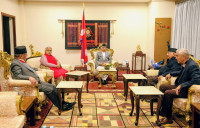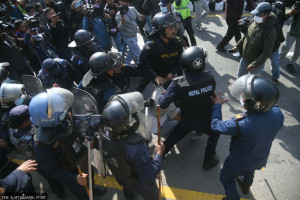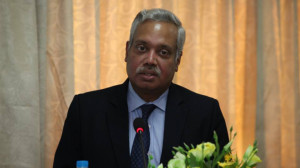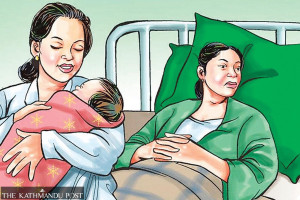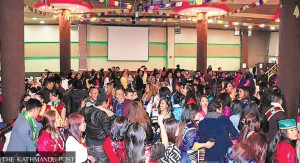National
Debate over directly elected executive head intensifies
Some youths see it as a cure for political instability. But there is no unanimity among Gen Z leaders.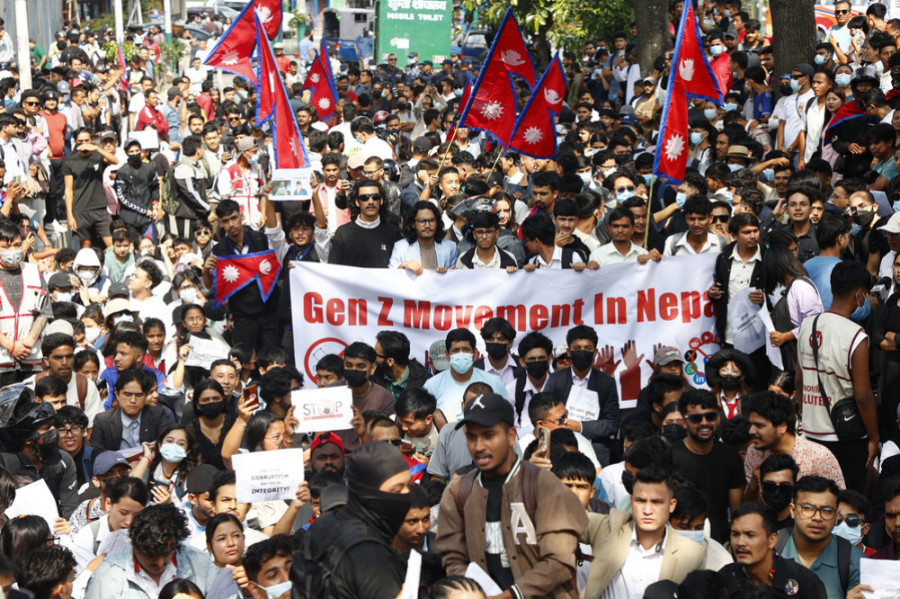
Purushottam Poudel
Nearly a month after Nepal’s Gen Z movement forced the fall of the government and the dissolution of Parliament, debate over the country’s political future has intensified, with a directly elected executive head emerging as the most divisive demand.
While a faction of Gen Z youths insists that the upcoming March 5 elections must introduce this system, constitutional experts warn of legal and institutional complications, and even within the movement itself, leaders remain split.
Following the formation of the interim government, the leaders of the Gen Z movement have continued to express dissatisfaction, saying that their demands have not been fully addressed.
They have called for action against the immediate past prime minister KP Sharma Oli, his home minister Ramesh Lekhak, and other leaders, as well as measures against corruption.
In addition, one faction of the Gen Z movement is pressing the interim government to ensure that the elections announced for March 5 introduce a system with a directly elected executive head.
For nearly two weeks, protests similar to those in Nepal have been taking place in the African nation of Madagascar, where youth demonstrations are demanding the ouster of President Andry Rajoelina, who is a directly elected executive. In contrast, a faction of Nepal’s Gen Z movement favours a directly elected executive head instead of one chosen by Parliament.
Nepal’s constitution, however, makes no provision for such a system. Constitutional experts argue that introducing it now would create legal complications, especially as Parliament has already been dissolved, making any constitutional amendment difficult until the new legislature is elected.
The debate over a directly elected executive is not new in Nepal. The issue was discussed during both the first and second constituent assemblies. At the time, the then CPN (Maoist Centre) strongly supported the idea of a directly elected executive head. However, as the Nepali Congress and CPN-UML emerged as the first and second largest parties in the second assembly and rejected the proposal, the Maoist Centre ultimately dropped its earlier stance in the interest of reaching a consensus on the constitution.
A Congress leader recalls two main reasons why his party supported a prime minister elected by Parliament rather than a directly elected executive. First, a parliamentary prime minister is inclusive and proportionate. Second, because the prime minister is accountable to Parliament and cannot become authoritarian, this cannot be guaranteed for a directly elected executive, said the leader.
“In the parliamentary system we have been practising, the concept of parliamentary supremacy is envisaged. However, since we don’t have the kind of parliamentary system that originated in the United Kingdom, our party advocated for a directly elected executive,” said a Maoist Centre leader. “But in the name of making the constitution a document of consensus, our demand was not addressed, and we accepted the parliamentary system with reservations.”
Maoist Centre leader Shakti Basnet says that, embracing the principle of separation of powers, they still stand in favour of a directly elected executive.
“While the system of a directly elected executive carries its own opportunities and challenges, it is nevertheless necessary for the country,” Basnet said. “However, the participatory and proportional arrangements adopted by the parliamentary system cannot simply be sidelined.”
A faction led by Prabesh Dahal, representing the Gen Z movement, has been demanding the implementation of a directly elected executive through the upcoming elections. Dahal explains that, keeping in mind the sovereign people’s right to choose the person to lead them, they raised this demand during the movement itself.
Political analysts, however, argue that no system is inherently right or wrong, and the claim that a directly elected executive can solve all problems is not entirely valid. They point out that while the demand arises from the experience of an ineffective executive head under the parliamentary system, there are also examples where directly elected executives have failed to function in line with public expectations.
However, the Dahal faction of the Gen Z movement insists that if the country adopts a directly elected executive system, it must include a provision allowing for a recall.
“We believe that the system of a directly elected executive must be introduced along with a provision for the right to recall, and our demand is that this arrangement should be implemented through the upcoming elections,” Dahal said.
However, political analyst Krishna Khanal describes the right to recall as a populist agenda. Professor Khanal argues that since the right to recall would, in effect, amount to holding an election all over again, the country cannot afford such a system. Instead, he suggests that if a directly elected executive acts against public expectations, a provision for impeachment could be introduced.
Khanal points out that the two elections held after the promulgation of the constitution produced parliaments that only fostered political instability. Therefore, he believes the country could move towards a directly elected executive in place of the current arrangement. At the same time, Khanal maintains that while the prime minister should take on the role of a directly elected executive, the president should continue in the current role.
“A major challenge could arise in determining how to ensure checks and balances in the case of a directly elected executive, as such mechanisms are already embedded within the parliamentary system,” Khanal said.
However, not all Gen Z leaders support a directly elected executive.
Purushottam Yadav, one of the Gen Z leaders who obtained permission from the Kathmandu District Administration Office for the September 8 protest, says he personally does not favour such a system. In his view, rather than adopting a new arrangement, Nepal should strengthen the existing framework and move forward within the current constitution.
“It is true that some of our colleagues raised slogans in favour of a directly elected executive during the Gen Z movement,” Yadav said. “But we, as a collective movement, have not yet reached a conclusion that this is the system we must adopt.”
Yadav noted that, just as the protesters in Bangladesh issued a July Proclamation following last year’s Gen Z movement there, his fellow activists in Nepal should also have issued a September Proclamation. However, he said, their attention was diverted elsewhere.




 10.12°C Kathmandu
10.12°C Kathmandu